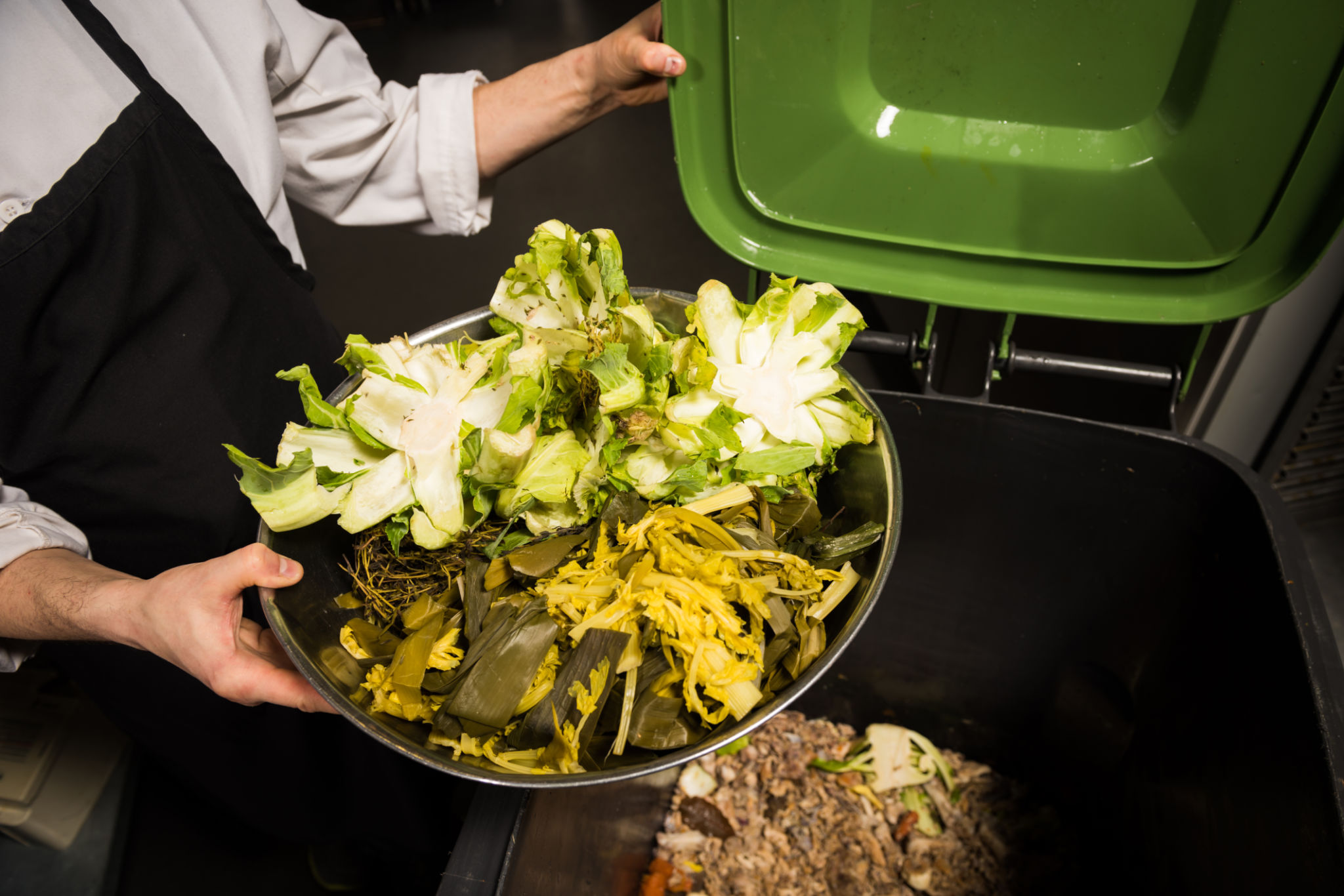Debunking Myths About High Pressure Processing in the Food Industry
Understanding High Pressure Processing
High Pressure Processing (HPP) is a cutting-edge technology in the food industry that offers an innovative way to preserve food while maintaining its nutritional value. Despite its growing popularity, several myths and misconceptions about HPP persist. In this blog post, we aim to debunk these myths and provide a clearer understanding of what HPP truly offers.

Myth 1: HPP Compromises Food Quality
One common myth is that HPP negatively impacts the quality of food. Contrary to this belief, HPP actually helps in retaining the natural flavors, colors, and nutrients of food products. By using high pressure instead of heat, HPP minimizes the degradation of sensory and nutritional qualities. This process ensures that the food remains as close to its natural state as possible.
Myth 2: HPP Is Unsafe for Consumers
Some people believe that applying high pressure to food might make it unsafe. However, in reality, HPP is a safe and effective method for food preservation. It inactivates harmful pathogens and spoilage microorganisms, ensuring the safety and extending the shelf life of food products. Regulatory bodies, including the FDA, have recognized HPP as a safe food processing method.

Myth 3: HPP Is Suitable Only for Certain Foods
Another misconception is that HPP can only be used with specific types of foods. While it is true that not all foods are suitable for HPP, the technology is versatile and can be applied to a wide range of products. From juices and smoothies to deli meats and seafood, many foods benefit from the HPP method.
The Environmental Impact of HPP
HPP is often criticized for being energy-intensive. However, when compared to traditional thermal processing methods, HPP is more energy-efficient and environmentally friendly. The process uses water as the pressure-transmitting medium and does not require excessive heat, making it a greener alternative.

Myth 4: HPP Is Too Expensive for Widespread Use
Cost is a concern for many in the industry contemplating the switch to HPP. While the initial investment may be higher than some traditional methods, the long-term benefits often outweigh these costs. Extended shelf life, reduced food waste, and the ability to maintain product quality can lead to significant savings over time.
Consumer Acceptance and Market Growth
Consumers are increasingly interested in fresh-tasting, minimally processed foods. HPP aligns perfectly with these preferences by offering safer products without compromising on taste or quality. As awareness of this technology grows, so does its acceptance and adoption across different segments of the food industry.

The Future of High Pressure Processing
The future looks promising for HPP as more companies realize its potential benefits. Ongoing research and technological advancements continue to expand the possibilities of this method. As myths surrounding HPP are debunked, it is expected to become even more integral to the future of food processing.
In conclusion, High Pressure Processing is a revolutionary approach in the food industry that challenges conventional preservation methods. By understanding and addressing the myths associated with it, stakeholders can better appreciate its value and contribute to its growing success in delivering high-quality, safe food to consumers worldwide.